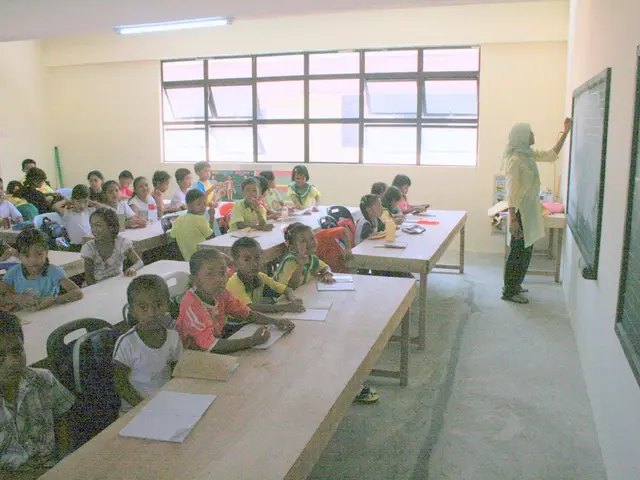Developing a Test-Day Routine with Full-Length Practice Tests: 7 Effective Strategies for SAT Achievement
**Preparing for the SAT: The Power of Consistent Full-Length Simulations**
In the quest to excel in the SAT, a well-structured test-day routine plays a crucial role in ensuring success. By incorporating full-length SAT simulations into your study plan, you can build mental and physical readiness, reduce test-day nerves, and improve overall performance.
**Simulating Real Test Conditions Precisely**
Taking full-length practice tests under strict timed conditions, in a quiet, distraction-free environment, is essential for preparing your brain to function optimally on the actual SAT. It's recommended to simulate the test at the same time of day as the SAT, using approved tools and formats that match your test mode (digital or paper). This helps your brain adjust to test-day rhythms and builds mental stamina essential for handling time pressure and fatigue.
**Using the Practice Tests Strategically**
Start taking full-length tests after a foundational study period (around weeks 4–6 of your prep plan), and keep refining your approach based on results. Closer to the test date, reduce frequency but maintain a final timed test to boost confidence and pacing.
**Reviewing Methodically**
After each practice test or section, invest time reviewing all errors and borderline questions. Identify patterns in mistakes and understand the precise reasons behind each wrong answer (factually incorrect, grammatically wrong, etc.). This transforms guessing into informed strategy and sharpens accuracy.
**Replicating Test Day Breaks and Pacing**
Practice following the exact break schedule of the SAT to train your focus and ability to refocus after rest periods. Use a personal timing device (like a watch) to track pacing within sections, ensuring you complete all questions before time is up.
**Building Physical and Mental Endurance**
Taking multiple full-length tests builds test-day endurance, helping resist mental fatigue. Prioritize sleep, nutrition (protein and complex carbs), and stress management techniques (deep breathing, light stretching) to maintain optimal cognitive function during both practice and actual test days.
**Creating a Consistent Test-Day Routine**
A consistent test-day routine can help reduce stress and improve SAT performance. Follow the same morning habits before each simulation, such as waking up at the same time, eating the same type of breakfast, and doing pre-test activities. Set up your testing environment like the real exam, with quiet, distraction-free conditions and only allowed materials at your desk.
**Reviewing and Reflecting**
Reviewing a simulation right after helps reinforce learning while details are fresh. After each simulation, review your results, reflect on what went well, and note what to adjust next time.
By consistently integrating these full-length SAT simulations into your preparation—realistically timed, reviewed with precision, and physically and mentally rehearsed—you maximize familiarity, stamina, and confidence, leading to improved performance on test day.
Services like RevisionDojo offer digital full-length SATs that match official conditions, aiding in the development of a reliable test-day routine. With detailed analytics, you can track your pacing, accuracy, and stamina improvement, helping you adjust your routine strategically. Aim for 4-6 full-length simulations across your prep period, with at least 2 under real test conditions in the final weeks. In the final month, focus on one simulation per week, increasing to 1-2 simulations that exactly mimic SAT timing and conditions in the final two weeks to lock in your routine.
Incorporating digital full-length SAT flashcards from education-and-self-development platforms like RevisionDojo can augment your online-education and learning experience, providing additional practice questions and resources to bolster your understanding of various topics.
During your preparation, continuously review and reflect on your performance on the full-length SAT simulations, and utilize learning tools such as flashcards to reinforce key concepts for ongoing improvement.




